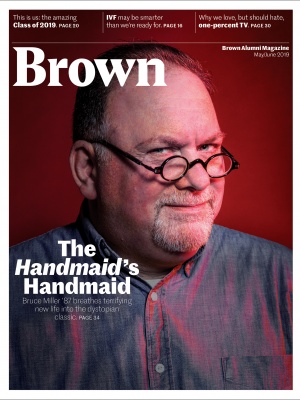What happens between the passages in and out of the Van Wickle Gates? Students come to Brown, each bearing their unique freight of dreams and challenges, to face heartbreaks, triumphs, and hard work—none less important than the labor of reimagining themselves and their place in the world. This year, we’re including master’s and PhD candidates in our annual tribute to graduating students, in recognition of the fact that Brown’s growth into a major research university means more lives are changed, and more stories are launched. We can’t tell you about every member of the Class of 2019, but here are seven of them: where they come from, where they are going, and how they found their way.
Jennifer Mastrianni
Sustainability, Inc.
When Jennifer Mastrianni was 16, she became the world’s youngest Accredited Green Roof Professional. She had formed a group to install an eco-friendly roof on her high school in San Diego and sought the accreditation “when I felt like I wasn’t being taken seriously.” Her interest in the environment led her to embark on a semester-long Texas wilderness expedition during her sophomore year at Brown. “There were fourteen of us in the middle of nowhere, and we didn’t see another person the entire time,” she remembers. The group almost ran out of food and canoed down the Rio Grande for hours in the dark: “We had many near-death experiences.”
The students had to pack their trash out, creating a first-hand appreciation of concepts related to zero waste. “It gave me perspective on what I was consuming,” she says. But it wasn’t until her sophomore year that she was inspired to combine her love of sustainability with business, putting the pieces together in Professor Emeritus Barrett Hazeltine’s Management of Nonprofit and Industrial Organizations course. “I loved the content,” she says. “In my environmental science classes, I was frustrated by lack of action by the government. I saw a huge focus on environmentalism in government policies but less focus on urging companies themselves to instigate industry-wide change.”
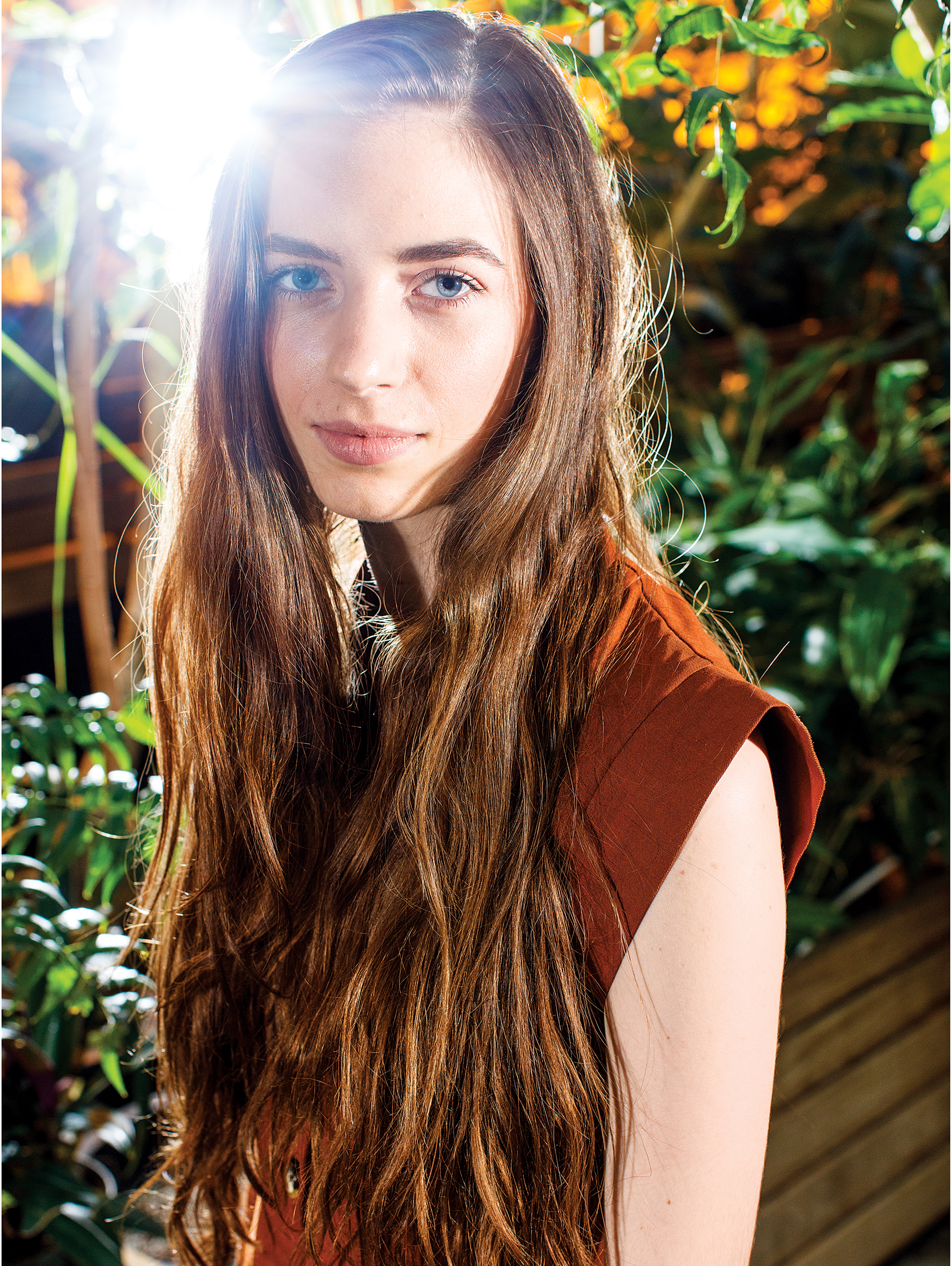
She explored those ideas further in Hazeltine’s Appropriate Technology course. For her final project, inspired by women and children who have to carry drinking water on their heads for long distances in developing countries, she retrofitted a tire to carry and filter water as it is rolled along the ground. “It actually worked!” she says.
Mastrianni, a business economics concentrator, went on to serve as head teaching assistant for Appropriate Technology for two years, taking on administrative responsibilities and helping students with notes and homework. Hazeltine describes her role as “almost a co-instructor,” noting her quiet but effective leadership in the high-enrollment course, as well as her work consulting on a student start-up that focused on sustainable cacao production, one catalyst for her interest in ethical supply chains. She was also head writing fellow for Engineering 1010. “She’s remarkable because she accomplishes much without drawing attention to herself,” Hazeltine says. “She’s a low-key leader who influences by example but is not at all intimidating to other students.”
Last summer, Mastrianni interned with the supplier diversity and responsible sourcing group within global procurement at Bank of America and was offered a job there upon graduation. This summer, she’ll head to Bank of America’s Charlotte, North Carolina, headquarters to help the bank on such projects as reducing plastic in its supply chain and deciphering ways to identify if potential contractors could have connections to human trafficking. “I think people are demanding more of companies as time goes on,” she says. “It’s exciting.”—Jenna Pelletier
William Jordan
The Path to Here
Growing up in South Boston, Virginia, with a single mom who worked the night shift, William Jordan spent hours taking apart and rebuilding appliances to see how they worked. He attributes that curiosity partly to the fact that Shantavea, one of his two older sisters, has cerebral palsy. “She was always being treated differently when I was young, before I could really understand why,” he says, “and that made me curious about why things are the way they are.”
Curiosity has driven Jordan, 29, all the way to his fifth year of Ph.D. research in Brown’s Molecular Biology, Cell Biology, and Biochemistry program, in which he produced a dissertation that won not only a departmental prize, but also Brown's Joukowsky Outstanding Dissertation Prize. In high school, he graduated with both a high school diploma and a community college degree, then went to Virginia Tech, graduating with a double B.S. in biology and psychology. His post-college job was as a microbiology research tech at Logos Technologies, developing new bacterial strains to synthesize chemicals in an environmentally sustainable way—useful for things like space exploration. “If you can produce fuel from microbes,” he explains, “you can make fuel as you go from planet to planet.” He loved the work: “It helped me build confidence that I could do science outside an academic lab and contribute to research design.”
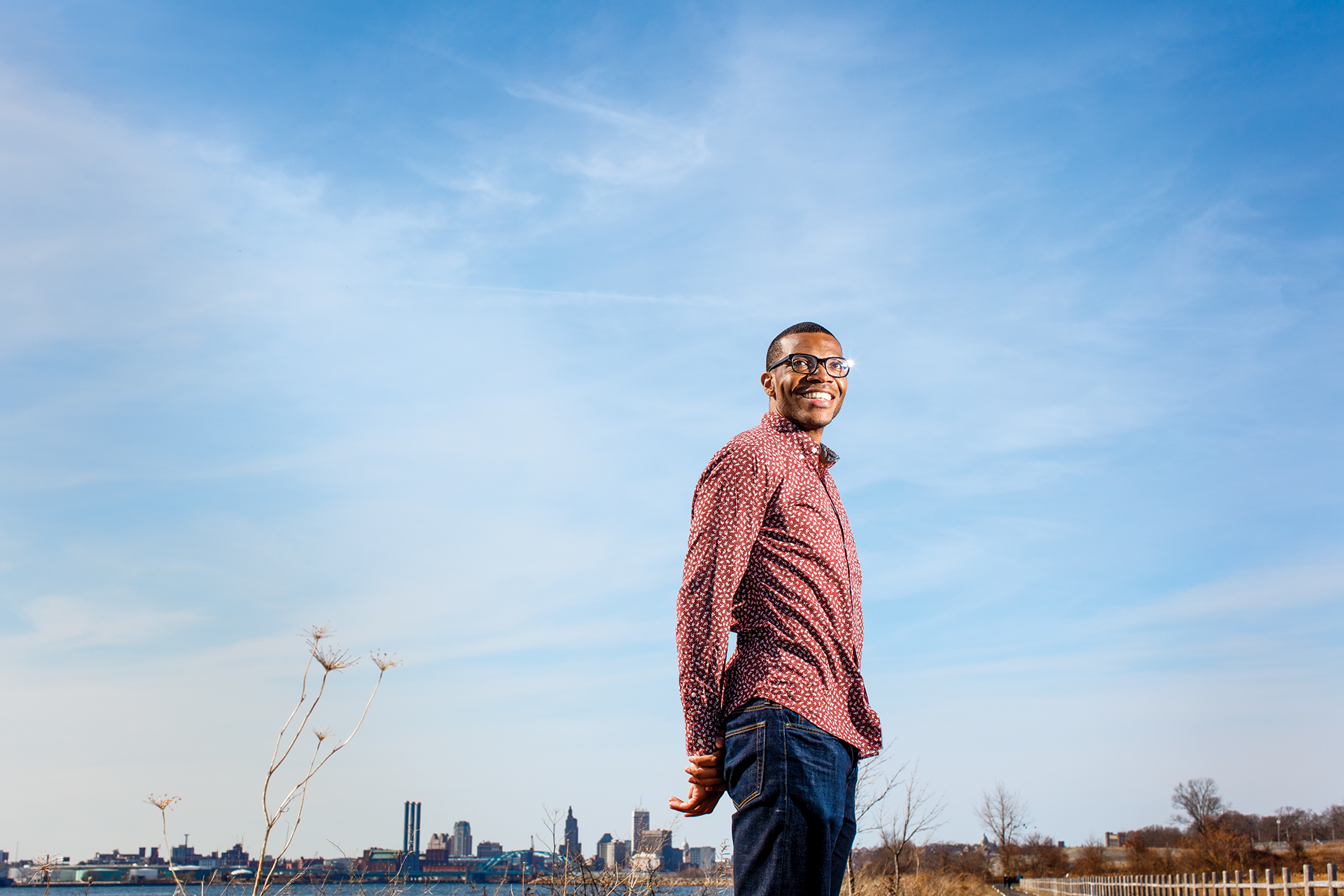
Logos mentors urged him to go for a Ph.D. Once at Brown, Jordan threw himself into computational biology, which uses computers to generate data sets across multiple experiments. “I’d never programmed before,” he says. “It’s like learning a language—it seems intimidating until you do it.”
In biology professor Erica Larschan’s lab, where Jordan has mentored both grad and undergrad students, he has played a pivotal role in research identifying variations among chromosomes that, if they could be tweaked, could lead to the eradication of genetic disorders such as Down syndrome. “I’m a tinkerer at heart, so being able to genetically manipulate things is fascinating to me,” he says. His work may soon be accepted in a major research journal.
After he leaves Brown, he wants to run a research group that develops new tools for biomedical research—along the lines, he says, of the Bowtie, a widely-used program for arranging endless sequences of DNA to identify regions of similarity.
But Jordan also wants to stay heavily involved in shepherding fellow students of color into the highest ranks of science. He’s involved in organizing Brown’s Dr. Samuel M. Nabrit Conference for Early Career Scholars, named for Brown’s first black Ph.D. recipient, who graduated in 1932. That builds on work he did as a fellow in the Howard Hughes Medical Institutes Gilliam Program, which nurtures long-term collegial networks among young researchers not historically represented in labs.
“I look around at science and don’t see many people who look like me,” says Jordan. “The boards of most biotech companies are mostly white men. I’ve seen only one black scientist in my entire job search. If you think about that too long, it’s depressing. So it’s been great to see for myself, ‘Oh, there are other people who look like me,’ and share stories about how we got from there to here.”—Tim Murphy ’91
Makedah Hughes
Finding A Voice
“I’m a Virgo,” says Makedah Hughes. “We tend to be perfectionist worriers who over-prepare.” No surprise, then, that Hughes, who grew up near Orlando with a Jamaican American mother and an African American father, signed up for Excellence at Brown, the intensive, weeklong writing program that precedes freshman classes. “I’d done AP English in high school,” she explains, “but you’re never sure if those skills will transfer to an Ivy League institution.”
Whether she needed the help is now immaterial, because it launched her on a path in which, while double-concentrating in comparative literature and French/Francophone studies, she has not only honed her own unique academic voice but helped others hone theirs. By her sophomore year she’d become a Writing Fellow; by her junior year, she was the Writing Fellows Program’s diversity and inclusion outreach coordinator. She nudges other student writers to engage in “code-meshing,” the author Vershawn Young’s term for not merely switching between formal and vernacular English but combining “all the languages you speak,” she says. “If I wanna throw in an ain’t or Jamaican patois, that doesn’t make me look less intelligent—it’s just me.”
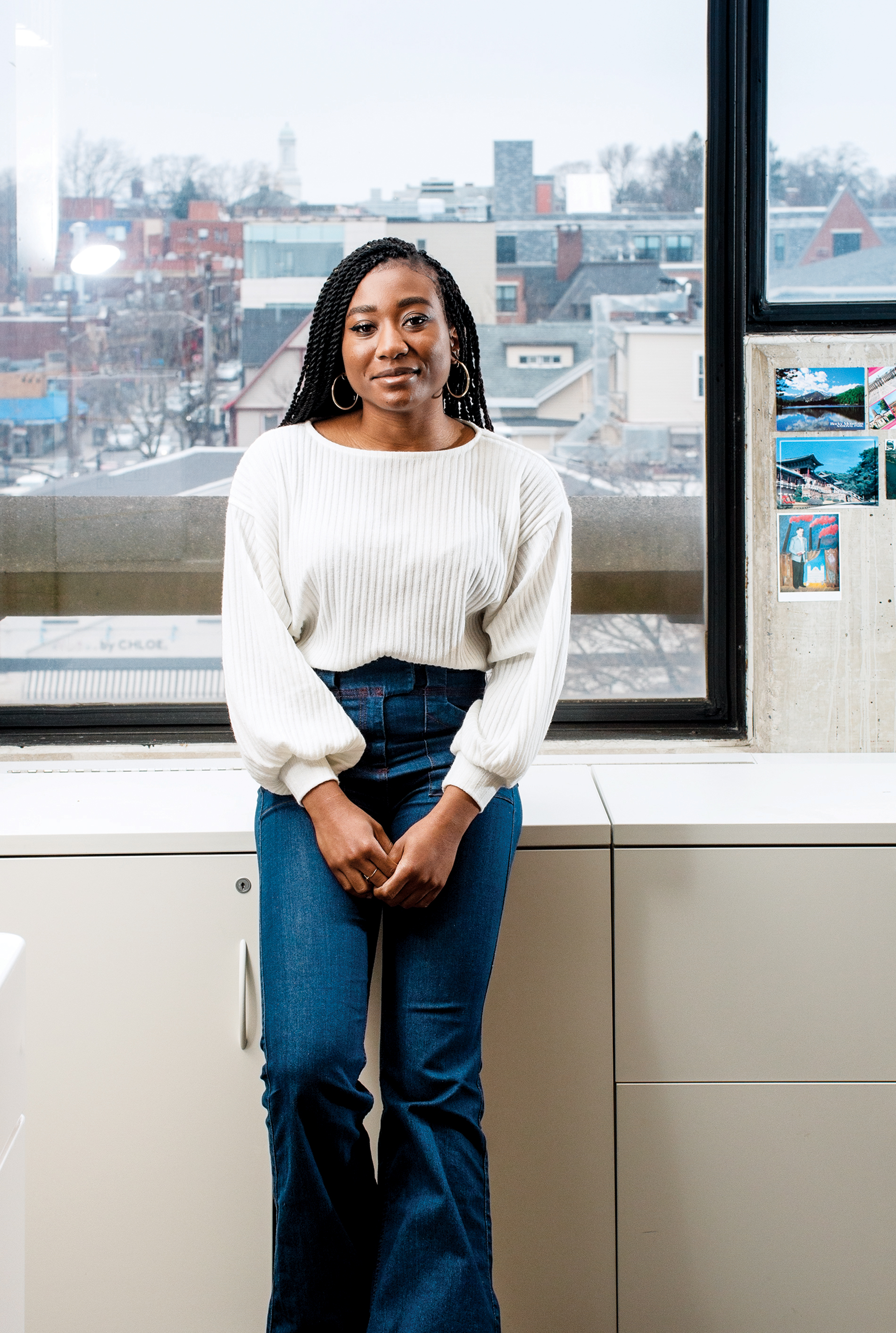
Hughes has studied French since she was 11, and parlayed her facility into deep study of such authors of the black Francophone diaspora as Aimé Césaire and Marie NDiaye. For her thesis, she’s translating into English the lyrical book Mauve, by the Senegalese-French author Fatou Diome. “Makedah is one of those exceptional young people who was born to learn and born to teach,” says Dore J. Levy, chair of the comp lit department.
During her junior year, Hughes studied in Paris at two prestigious institutions, the Sorbonne and Paris VIII, while also volunteer teaching English to students of color. She fell in love with France’s postcolonial communities of color so hard that she applied to go back on a Fulbright—and got it. “I am so excited to engage with these students and aid them in amplifying their voices in the English language,” she says. “Blackness exists differently in France than in the U.S. Folks identify with where they descend from and there’s been no overarching sense of Blackness. But now that seems to be starting with second- and third-generation immigrants who are really into social justice, organizing, and protesting.”
Meanwhile, Hughes has racked up accomplishments, including as a Mellon Mays Undergraduate fellow, part of an effort to prepare students of color for careers in academia. She spent last summer on a fellowship in New York City at the Schomburg Center for Research in Black Culture. And she’s worked numerous campus jobs, including as undergrad TA and staffer in the Office of International Programs.
Hughes admits she has a hard time relaxing and sometimes sleeping, so she taps music like Earth, Wind &Fire and other favorites of her dad’s. But the thrilling intensity of academic inquiry is not something she’ll be leaving behind anytime soon. “My love of writing by folks from different parts of the world comes from my own attempt to find myself,” she says. “Literature gives you such a great space to help figure out where you belong.”—T.M.
Morcos Nakhla
Total Focus
When Morcos Nakhla was 7 years old, he emigrated with his family from Egypt to North Attleboro, Massachusetts, he barely spoke English. “It was difficult to fit in,” he recalls. So he took refuge in Sunday school at the area’s Egyptian Coptic Christian church, where he found older mentors. One reason he went to Brown, in fact, was to stay near his family and the church. And now he instructs Sunday school there. “I teach fifth and sixth graders,” he says. “It’s something that I love.”
In any other student, such a weekend side-gig would be admirable—but for Nakhla it’s remarkable, given he’s on track to graduate this spring with both a bachelor’s and master’s in cellular and molecular biology. That required taking five classes every semester, plus writing a master’s thesis and doing lab research. It also involved a final project in which he proposed injecting people with white blood cells to reverse atherosclerosis, or arterial plaque build-up. “We don’t have the technology to do this yet,” he admits modestly.
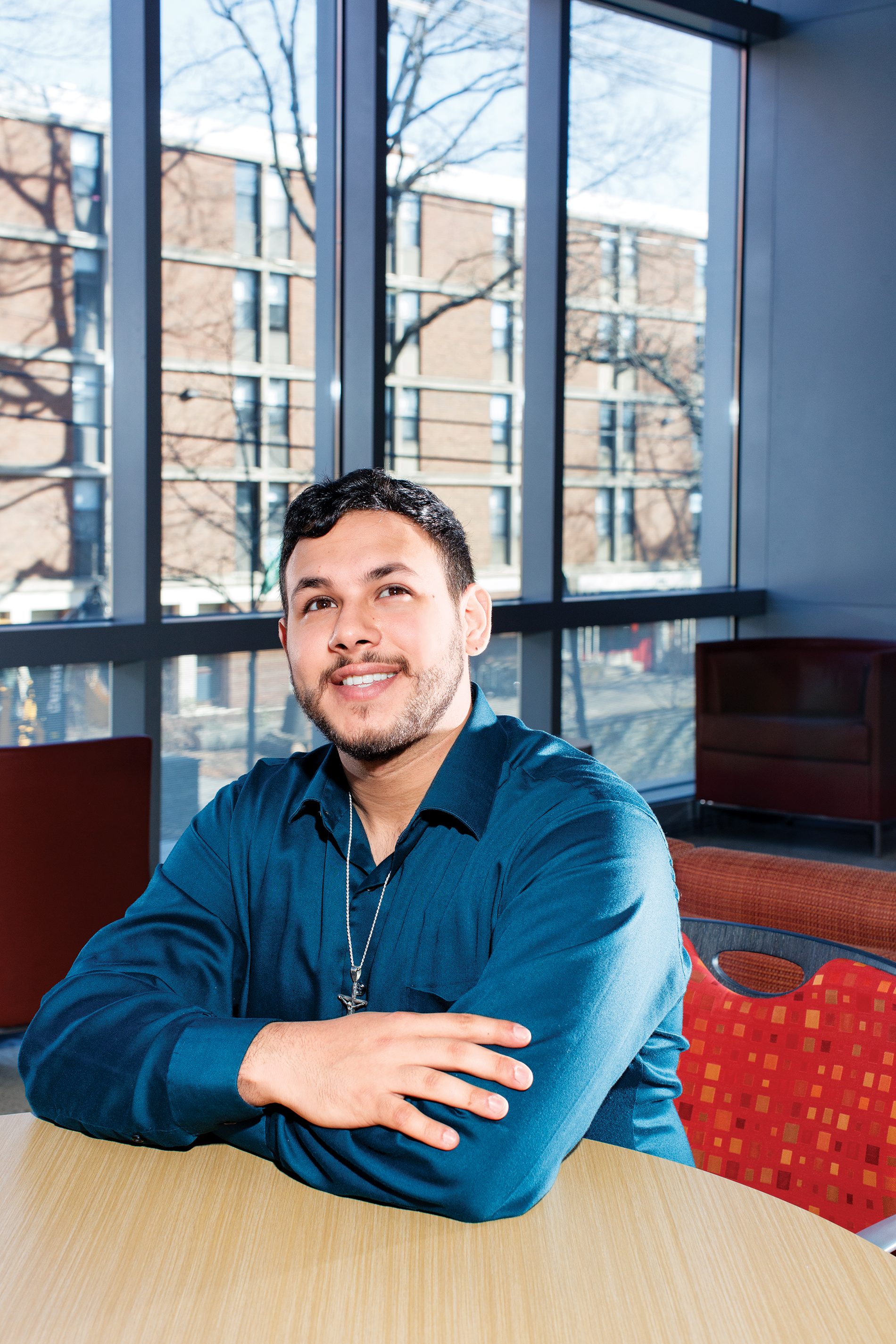
Nakhla works in Professor Jeffrey Morgan’s lab to help develop techniques for the 3D fabrication and growth of living tissues and organs in vitro, something that could someday replace person-to-person organ transplants. Nakhla, who got turned on to science by an AP bio teacher, geeks out talking about this: “This could mean no organ rejection. And no global organ black market! But how do you make tissue that doesn’t need a vein system? So I use tissue that doesn’t need a lot of blood supply, like cartilage.”
Sound like he’s headed for a research career? No, he wants to be a clinician—preferably doing infant heart surgery. “It’s amazing to me that you can take someone with an ailment and remove the problem,” he says. “And being a doctor will allow me to work with people and do research.”
He’s starting down that path by serving as a supervisor for Brown’s EMT service, as well as volunteering at the local Clinica Esperanza, where he does intake and works as a medical scribe (and sometimes French or Arabic translator).
And if you want to know how he manages this while also serving as an elected representative for North Attleboro, the answer would be something he learned at yet another volunteer gig: the Brown University Relaxation Program, where he trains students to give stressed-out classmates brief chair massages. “It’s taught me how to be 100 percent focused on whatever I’m doing at a given moment,” he says, “which makes me more efficient—and keeps me sane.”
Nakhla does occasionally indulge in hours-long Dungeons and Dragons marathons with his girlfriend and buddies—which will perhaps prove useful for blowing off steam next year in med school, likely at UCLA, where he’s been offered a full ride. But another offer, from Yale, is tempting; it would let him stay closer to his family and Coptic community. And family means a lot. “Could you mention my sister, Monica?” he asks. “She keeps me honest and motivated. She’s younger, actually, but maturity-wise, she’s older.”—T. M.
Tyler Blackwater
Decoding Drunk Flies
How do you collect and analyze detailed data when you’re studying miniscule, inebriated insects? In the world of alcohol addiction research, Tyler Blackwater ’19.5 has made life a lot easier. Fruit flies are genetically quite similar to humans, making them ideal for experiments. But the motions of the tiny flies are often imperceptible to the human eye, making it difficult and time-consuming to observe behavioral changes. At Brown’s Kaun Lab, where Blackwater has worked since his freshman year, fruit flies are used to investigate substance abuse. After previously exposing flies to alcohol, the Kaun Lab studies how their behavior changes when they’re triggered to remember being drunk, with the goal of gaining further insight into how addiction affects molecular and neuronal pathways related to memory.
Blackwater’s breakthrough was to painstakingly train some of the world’s most complex computer software to better analyze fruit fly movements, including the ability to recognize specific behaviors such as courting. Graphing this kind of data used to involve manually converting and labeling it, frame by frame; now it’s a click of a button.
“We had to teach the computer how to see the numbers in that way,” Blackwater explains, “how to understand what the fly is doing.”
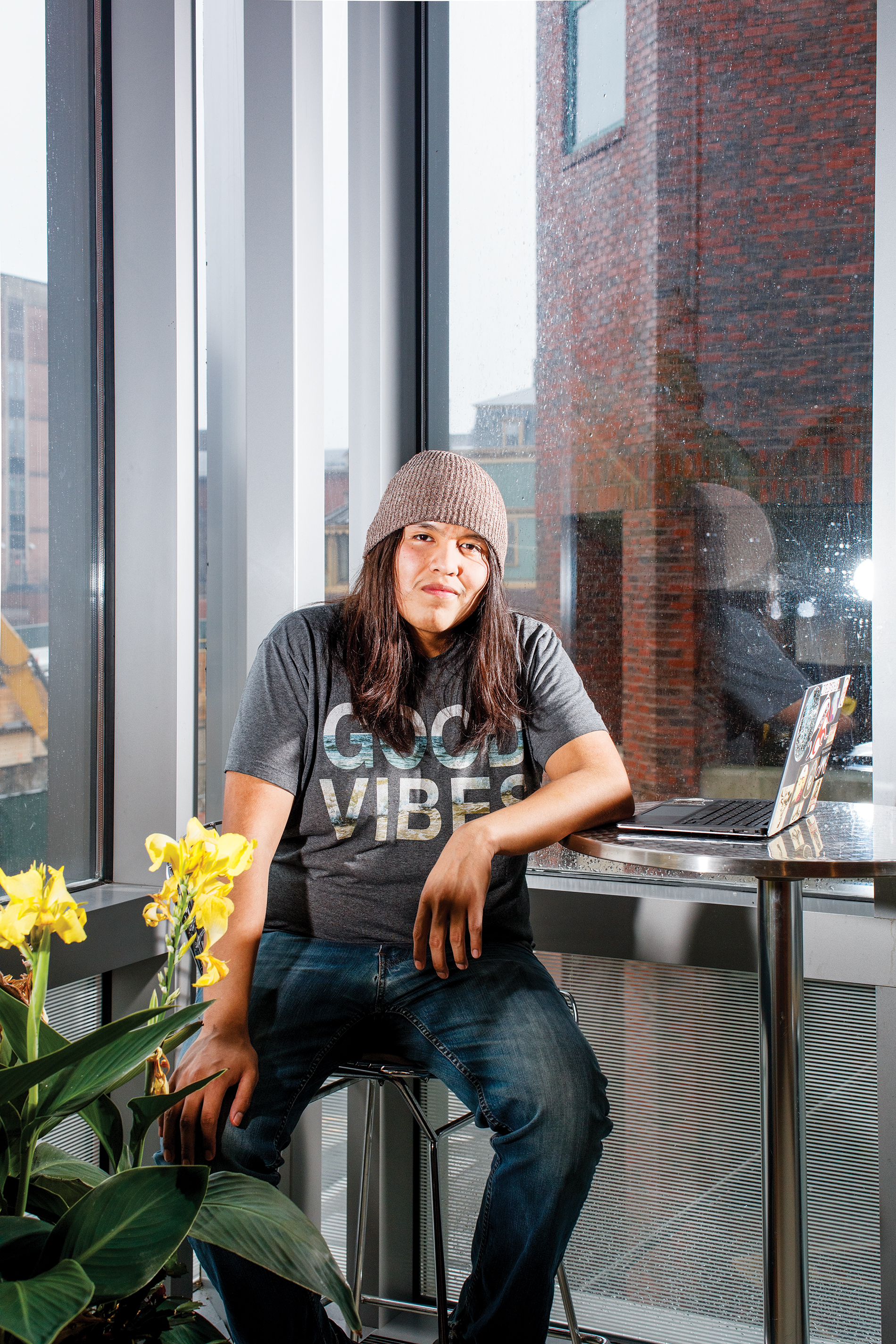
He’s co-author on two pending publications documenting the methodology, but word of his work has gotten around. Other professional labs studying fruit fly behavior have reached out to understand his algorithms in order to apply them to their own research, says Professor Karla Kaun.
“His contributions are key to the findings we are getting,” Kaun says. “Understanding behavior in this amount of detail is unprecedented.”
Blackwater, who studies computational biology, says he simply “wanted a challenge, and research gave that to me.” Awarded a prestigious Howard Hughes Medical Institute grant last summer, he has researched protein design at the University of Washington and become well versed in six programming languages and a variety of specialized software platforms. But when he first came to Brown, he felt lost. He’d grown up on the Navajo Nation reservation in Arizona, and living with his dad in a rural area, miles from the nearest town, he’d never owned his own phone, had a bank account, or done any form of research. He says a sub-par education system also left him significantly behind, requiring him to retake classes like calculus.
“I was like a kid lost in the jungle,” Blackwater remembers. “I had thoughts of, ‘Can I make it?’ I debated whether I should keep going—whether I mattered here.”
He persevered, applying the same work ethic he’d learned from his dad while doing construction jobs and car maintenance. When Kaun—who grew up in a small Native American community, in her case in Canada—reached out to invite Blackwater to work in her lab, he was thrilled.
“I’ve always been a curious man because of how I was raised in an isolated environment,” Blackwater says. “I wanted to know more about life, and that’s what’s been fueling my curiosity in science.”
He hopes to one day run his own lab. “The thing that keeps me motivated is that sense of discovery,” he says. “No matter what research field I devote myself to, there will be that sense of belonging and passion as a scientist.”—Jack Brook ’19
Andy Pham
Hold the Punchline
Andy Pham “didn’t even know what the Ivy League was” until his senior year of high school, when one of his mother’s clients—she works as a nail technician in Cohasset, Massachusetts—encouraged him to apply to Brown.
“We had no idea where to start when it came to looking at schools,” says Pham, whose parents are Vietnamese immigrants who never attended college. But after not one, but “four or five” trips to Providence for campus tours, he was sure that Brown was the right place for him. “I just loved the way people talked about learning for the sake of learning here,” he says.
As a queer-identifying young Asian man, Pham says he hasn’t always felt comfortable in his body or his environment. He remembers being bullied about his sexual orientation in middle school, and trying to fit in by using his Asian culture as a punchline for jokes with his white friends in high school.
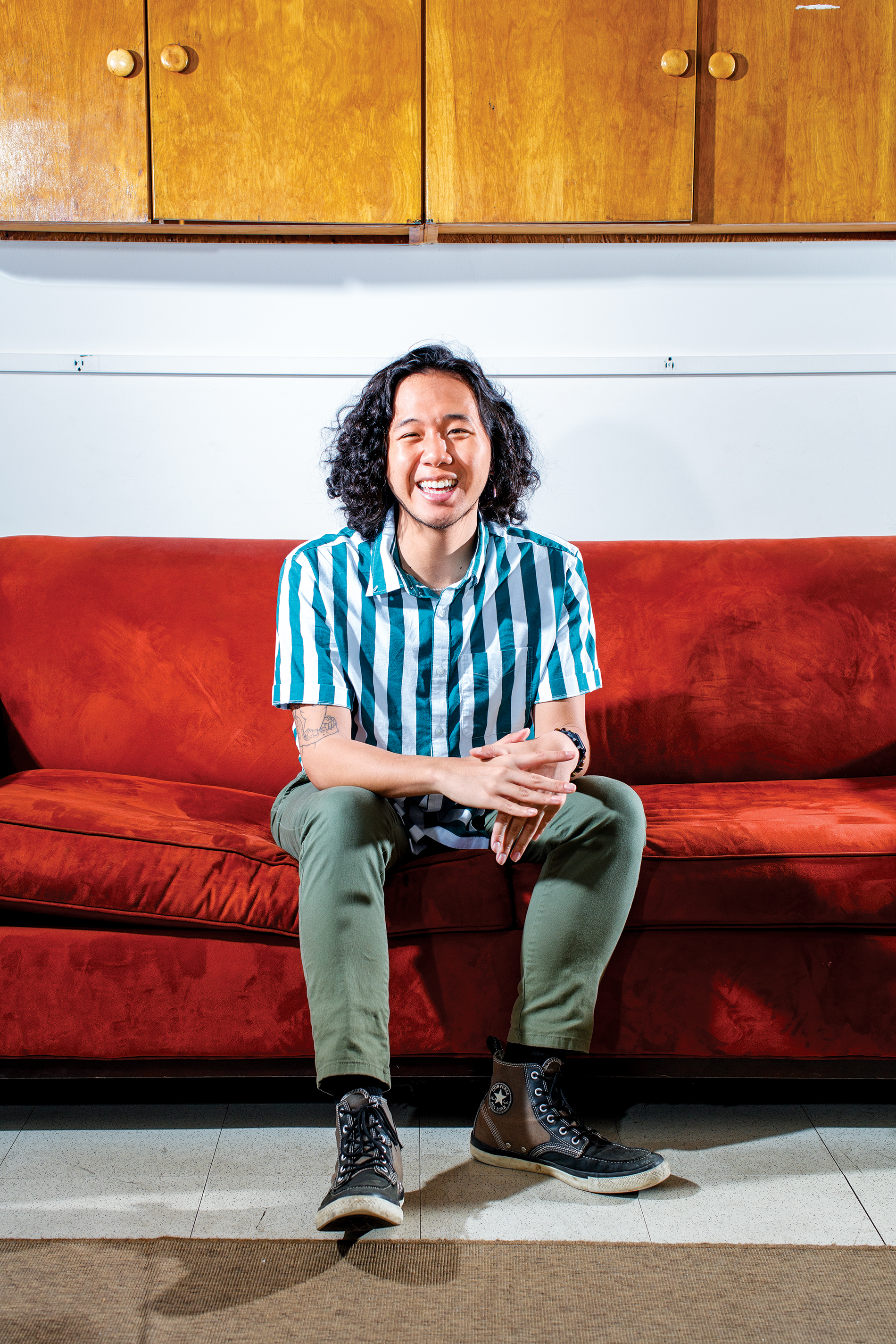
Pham signed up for the New Scientist Catalyst pre-orientation program, planning to go pre-med so he could become a doctor and help support his parents. During his first year, he got involved with his Class Coordinating Board, then loved being a residential assistant while working at Summer@Brown, creating extra workshops and socials for the high school students who had signed up for the guidance the program offers. He became a minority peer counselor his sophomore year, and created workshops on topics like the ethics of porn and classism in education. He was heavily involved in opening the Undocumented, First-Generation College, and Low-Income (U-FLi) Student Center in fall of 2016, and then spent much of his senior year working to bring speakers to campus as the LGBTQ Center’s Queer Legacy Series event organizer. By the end of his sophomore year, he had changed his concentrations to Ethnic Studies and Gender and Sexuality Studies; after he graduates, he’ll pursue a career in counseling or public health.
Now, when he remembers his high school days, it’s with compassion and acceptance of his younger self. “Going through those experiences and looking back, and now hearing things from other young people still having those experiences, it breaks my heart,” Pham says. “That’s a big part of what’s motivating me now.”
Pham’s thesis focuses on the semiotics of early public health posters and other imagery related to HIV and AIDS. As a recipient of a 2018-2019 Enid Wilson Undergraduate Travel Fellowship, he spent his winter break doing archival research on the topic at the New York Public Library. “These posters produced by the government communicated whose bodies were ‘dirty,’ and whose were redeemable,” he says. “Whether or not they intended to, there was messaging in them that might have prevented people from getting healthcare.”
The common theme in his work? “All these jobs, projects, and clubs I’ve been involved with have been about supporting marginalized groups and promoting empowerment,” he says. “A lot of people don’t realize for a long time that living a certain way, not feeling good about yourself, becomes normal. I want to be part of a global movement of fighting for collective liberation for everybody.”—J. P.
Emily Siff
The Power of Pain
It’s mid-April and Emily Siff ’19 just got out of the hospital, where she spent a few days experiencing pain that opioids weren’t addressing. “It was overcrowded and noisy,” she recalls. “There was no way to sleep, so I started doing statistics homework. It was so relaxing.”
Siff was diagnosed at 14 with an incurable, congenital illness. It causes her constant fatigue and pain—and, to date, 14 surgeries—but she won’t disclose it. “When you have a chronic illness, you’re in an intimate relationship with it,” she says, “but so many things impede the ability to be a private person.” “Just the way that the hospital system objectifies you. So I’ve decided I had to keep at least one part of myself private.”
What she will discuss is how living with an illness has driven her. In the fall, via Brown’s combined degree program, she’ll graduate with not only a bachelor’s degree in literary arts but also a bachelor’s and master’s in cognitive science. Even before Brown, “school became a lifeline because my disease drove me to explore. I don’t know if I would’ve become interested in the sciences if I hadn’t been constantly interacting with doctors.”
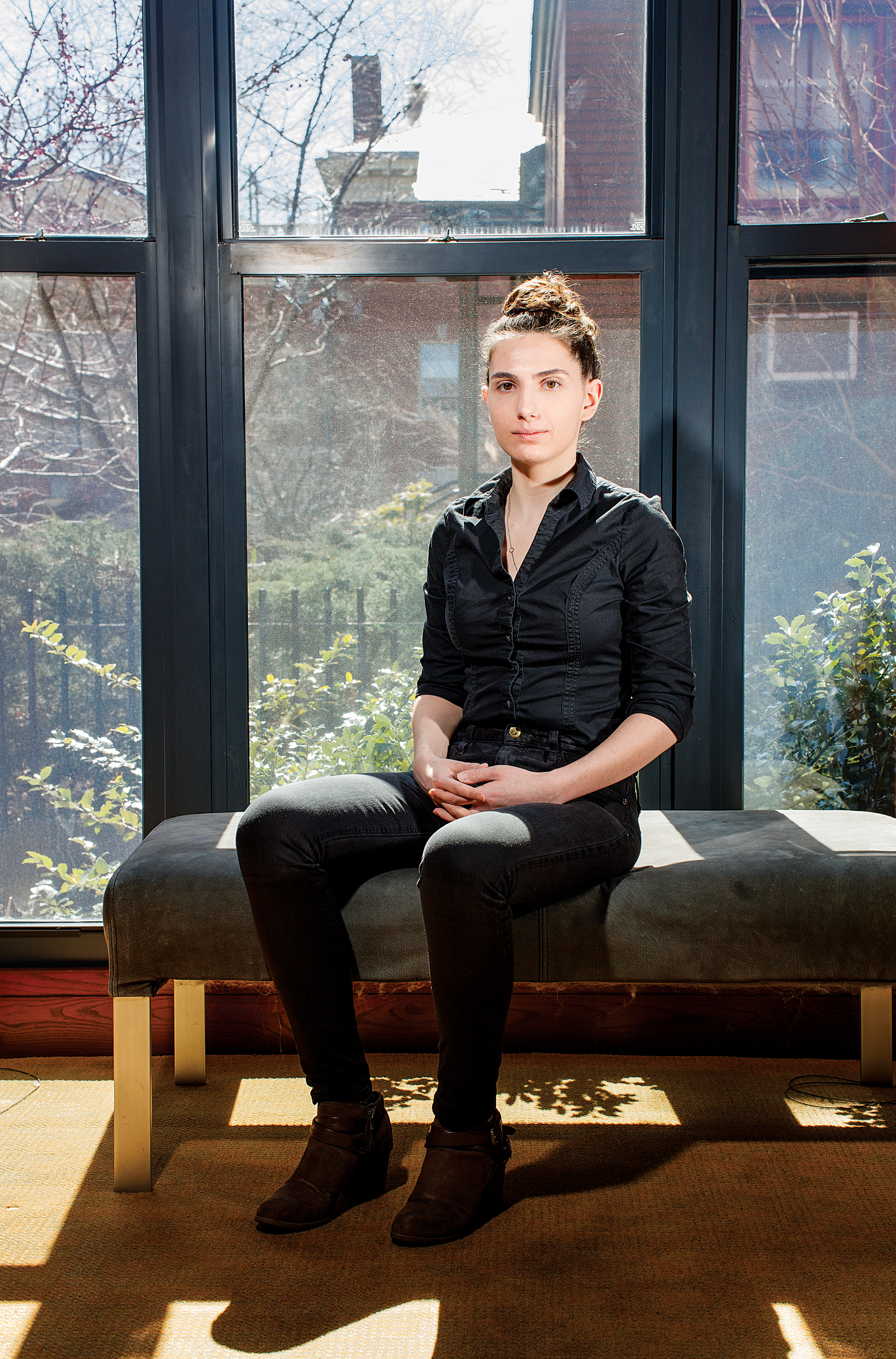
Plus, she says, she notices the pain less when mentally immersed. So does she ever relax? “All my time is scheduled, but I consider most of it free time because I’m doing things I want to. I go to extra classes just for fun. And my friends are also work-focused, so we spend time together studying instead of going out dancing.”
She works in two labs, sociology and psychology, where she studies things like how power dynamics play out over the use of nonverbal communications like emojis. “I’m interested in answering questions that social scientists ask through a biochemical approach,” she says. “Biochemical questions are just like, how would you make a synthesis to form this molecule? Social science questions are more like, how does the mind work, how do you link knowledge and action?”
She mentors in three programs. Two are on campus: the Matched Advising Program for Sophomores, which gives academic support to second-years; and Women in Science and Engineering, a Sarah Doyle program that brings students together with science faculty. Then there’s The Adolescent Leadership Council, a program at Hasbro Children’s Hospital, in which she and others with illnesses or disabilities nurture kids who also have those things. “It’s cathartic,” she says, “because I’ve realized how unspecific my experiences are.”
That’s reflected in the book she’s writing for literary arts, Bolt From Blue, about a teenager with an incurable condition: “Part of the book is about the universality of dealing with shit, whether it’s illness, losing an arm, or sucking at math. Everyone has their issues.”
After Brown, she’ll seek a Ph.D., possibly in cognitive neuroscience: “I think I’ll be happy as an academic.” How is all this possible in the face of chronic illness? “A lot of times people don’t know what they have,” answers Siff. “Knowing what I can’t have makes me value what I do have much more. I got really lucky that the thing I enjoy doing is learning.”—T. M.

